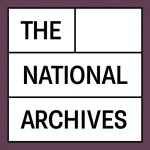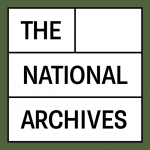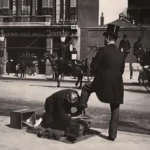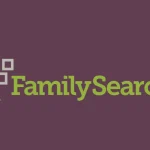The UK National Archives have announced that the 1921 Census for England and Wales will be published online by Findmypast on 6 January 2022.
Taken between two world wars, during a period of economic turmoil and at a time when women had just won the right to vote, the 1921 Census will provide some fascinating insights about society and how it has evolved over the past 100 years.
In preparation for the online publication, a team of hundreds of Findmypast conservators, technicians and transcribers have worked for almost three years to complete the invaluable task of getting the census ready. It is the largest project ever completed by The National Archives and Findmypast, consisting of more than 30,000 bound volumes of original documents stored on 1.6 linear kilometres of shelving.
You can find out more about what to expect from the 1921 Census of England and Wales by visiting www.findmypast.co.uk/1921-census.
Neil Curtis, Chief Operating Officer at The National Archives, said: ‘Census releases are keenly anticipated and create a period of collective curiosity about the past, generating a national moment of reflection.
‘The 1921 Census will offer us a glimpse into the lives of individuals and communities between the wars, recovering from a great influenza pandemic, and embarking on a new era where everyday rights and roles were changing.
‘What makes the 1921 Census even more vital is that it will be the last census release for England and Wales for 30 years, with the 1931 Census lost in a fire and the 1941 Census never taken.
‘As home to more than 1,000 years of history, The National Archives is delighted to be working with Findmypast to open up this unique collection to the world.’
Tamsin Todd, CEO of Findmypast said: ‘It has been a great honour for Findmypast to work alongside The National Archives as its commercial partner to reveal the extraordinary stories captured by 1921 Census of England and Wales.
‘I am incredibly proud of our Findmypast team who have worked with passion and dedication for thousands of hours to conserve, scan, and transcribe 38 million historical records from 30,000 volumes of delicate original documents. As a result of their diligent work, when the Census is opened for the very first-time next year, family historians around the world will be able to meaningfully search the Census to reveal where and how their ancestors lived and worked 100 years ago.’





